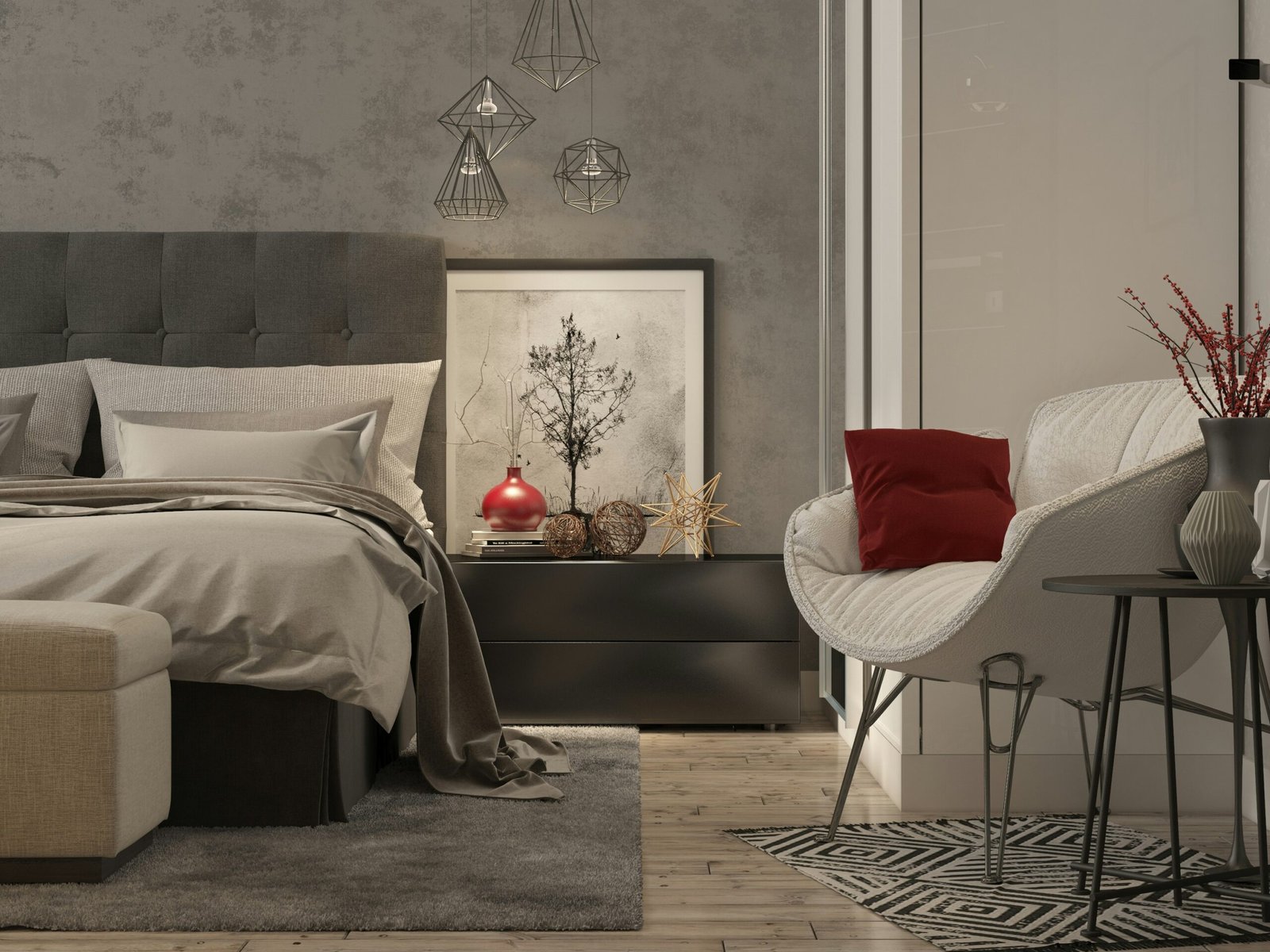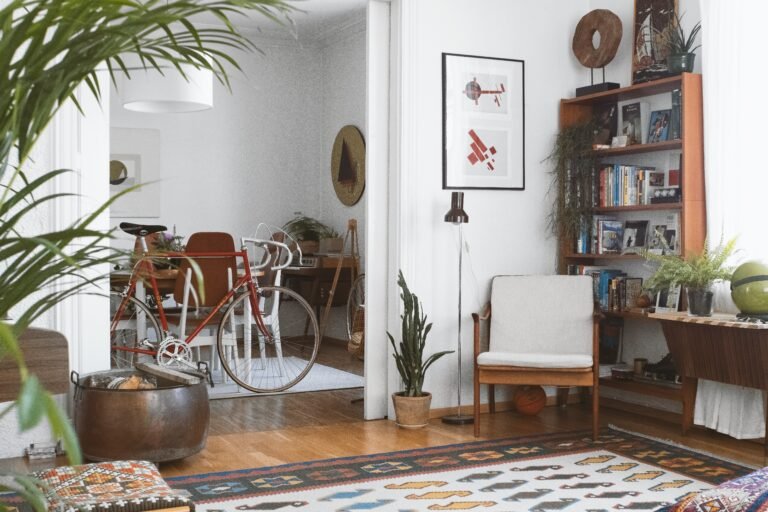Creating a themed room is a powerful way to transform an ordinary space into an immersive environment that reflects personal interests, passions, or desired atmospheres. A well-executed themed room not only showcases creativity but also enhances the functionality and aesthetic appeal of a home. Whether you dream of a tropical paradise, a vintage-inspired retreat, or a futuristic tech haven, themed room design allows you to curate a space that resonates deeply with you. This guide will take you through the process of designing a themed room, offering practical ideas and inspiration to help bring your vision to life.
Understanding Themed Room Design
A themed room is an interior space where every design element—color scheme, furniture, decor, lighting, and materials—aligns with a specific concept or motif. Unlike generic decorating, which often blends various styles and elements, a themed room follows a unified approach to create a seamless and immersive experience. This level of design consistency ensures that every component in the space contributes to the overall story or feeling you want to convey.
For instance, if you’re designing a coastal-themed bedroom, everything from the wall colors to the furniture and decorative accents should reflect elements of the beach and ocean. Think soft blues, sandy beige, driftwood furniture, seashell accessories, and light, airy curtains that mimic the breeziness of the shore. Similarly, a vintage 1920s-inspired study would incorporate rich mahogany furniture, brass accents, elegant wallpaper, and art deco elements to evoke the glamour of that era.
Themed rooms can be subtle or dramatic, depending on personal preference. Some people prefer to create a room with gentle thematic nods—such as a few framed movie posters in a cinema-inspired living room—while others opt for a more immersive experience, such as a full-fledged jungle-themed nursery with faux vines, tree murals, and animal-shaped furniture.
Benefits of Themed Rooms
1. Personal Expression
Themed rooms provide an opportunity to showcase personality and interests in a unique and visually compelling way. Unlike standard interior decorating, which often follows trends or neutral aesthetics, themed rooms allow homeowners to curate spaces that truly reflect their passions. Whether you are a book lover who wants a library-inspired retreat or a traveler who dreams of a global-themed lounge with souvenirs from around the world, designing a themed space lets you tell your story through design.
2. Enhanced Ambiance
A well-designed themed room creates a specific mood or atmosphere that enhances the overall experience of being in the space. For instance, a spa-themed bathroom with soft lighting, natural stone tiles, and aromatic diffusers can instantly transport you to a tranquil retreat. On the other hand, a modern industrial loft with exposed brick, metal fixtures, and Edison bulb lighting can create a stylish and edgy urban ambiance. When executed correctly, themed design helps evoke emotions, whether it’s relaxation, nostalgia, excitement, or inspiration.
3. Improved Functionality
Beyond aesthetics, themed rooms can also be designed with functionality in mind. When you build a room around a specific concept, it often results in a more thoughtful layout that caters to its intended use. For example, a gaming-themed room might include ergonomic seating, ambient LED lighting to reduce eye strain, and strategically placed storage for gaming accessories. A music-inspired workspace may feature soundproofing panels, a comfortable seating area for brainstorming, and open shelving for vinyl records or instruments.
4. Increased Aesthetic Appeal
Themed rooms are visually striking and often serve as conversation starters. A well-executed theme ensures that the room feels cohesive and carefully designed rather than a random collection of furniture and decor. Guests walking into a beautifully curated Parisian-style café nook in your kitchen, complete with bistro chairs, vintage artwork, and soft lighting, will instantly feel transported to a charming European setting. Thoughtfully designed themed spaces can also boost a home’s overall value and appeal, making it more memorable and unique.
Steps to Designing a Themed Room
1. Identify Your Theme
Before diving into design choices, the first step is selecting a theme that resonates with you. This could be based on personal interests, travel experiences, favorite movies or books, or even a specific mood you want the space to evoke. Some popular theme ideas include:
- Nature-Inspired: Incorporates natural materials, earthy tones, and greenery for a calming and organic atmosphere.
- Vintage or Retro: Draws inspiration from a specific decade, such as the 1920s Art Deco movement or the colorful mid-century modern styles of the 1950s.
- Cultural Themes: Showcases elements from different cultures, such as Japanese Zen aesthetics, Mediterranean coastal charm, or Moroccan bohemian flair.
- Fantasy or Fiction: Brings imaginary worlds to life, inspired by movies, books, or mythological concepts.
Choosing a theme you genuinely love ensures that the design remains exciting and meaningful over time.
2. Research and Gather Inspiration
Once you have a theme in mind, research different ways to bring it to life. Look through interior design magazines, Pinterest boards, and online articles to collect inspiration. Creating a mood board—whether physically or digitally—helps visualize how different elements will work together. Consider gathering color swatches, textures, and images of furniture and decor that align with your chosen concept.
3. Plan the Color Palette
The color scheme is one of the most crucial aspects of maintaining thematic consistency. Different themes have signature color palettes that help set the tone of the room:
- Nature-Inspired: Soft greens, browns, and neutral earth tones.
- Vintage: Pastel shades or deep jewel tones, depending on the era.
- Cultural Themes: Bold, traditional colors (e.g., rich reds and golds for Asian-inspired interiors, vibrant blues and yellows for Mediterranean themes).
- Fantasy or Fiction: Jewel tones, dramatic contrasts, or dreamy pastels.
Using a cohesive color palette ensures that all elements blend harmoniously rather than feeling disjointed.
4. Select Furniture and Layout
Choosing furniture that aligns with your theme is essential in reinforcing the room’s concept. For example:
- A coastal-themed room might feature wicker chairs, a whitewashed wooden bedframe, and linen upholstery.
- A steampunk-inspired study could include dark wood bookshelves, vintage brass lamps, and an industrial-style leather armchair.
- A Japanese minimalist bedroom may incorporate a low futon bed, tatami mats, and sliding shoji doors.
The layout should also complement the theme, ensuring that the space is both visually appealing and functional.
5. Incorporate Thematic Décor and Accessories
Decor and accessories complete the theme by adding depth and personality to the room. Consider including:
- Wall Art & Murals: Hand-painted murals, wallpaper, or framed artwork that enhances the theme.
- Lighting: Soft warm lighting for cozy themes, dramatic chandeliers for luxurious styles, or neon LED strips for futuristic aesthetics.
- Textiles & Fabrics: Curtains, rugs, and bedding should align with the theme’s color scheme and style.
- Collectibles & Memorabilia: Unique artifacts, books, or themed decorations that enhance the authenticity of the space.
6. Consider Flooring and Ceiling Design
Flooring and ceiling treatments are often overlooked but can greatly impact a themed room. A forest-themed nursery might have a painted sky ceiling with glow-in-the-dark stars, while a 1920s-inspired dining room could feature a coffered ceiling with a vintage chandelier.
7. Integrate Functional and Smart Elements
Modern themed rooms can integrate smart features while maintaining aesthetic consistency. Smart lighting, hidden storage solutions, and voice-activated devices can enhance the usability of the space without detracting from its design.
Final Thoughts
Designing a themed room is an exciting opportunity to transform a space into something unique and personal. Whether you choose a vintage, nature-inspired, cultural, or fantasy theme, careful planning ensures a cohesive and immersive experience. By selecting the right colors, furniture, decor, and layout, you can create a stunning themed space that reflects your personality and enhances your home’s overall charm.
Alex is the creator of Homely Haven, a space dedicated to simple, stylish ideas for interiors and gardens alike. With a passion for cozy living rooms, inviting outdoor spaces, and practical DIY solutions, Alex shares tips and guides that help turn any house into a true home.
From budget-friendly decorating hacks to weekend garden projects, the goal is always the same: to inspire you to create spaces that feel personal, beautiful, and welcoming. When not writing, Alex is usually rearranging furniture, sketching new garden layouts, or exploring design trends for the next project.








